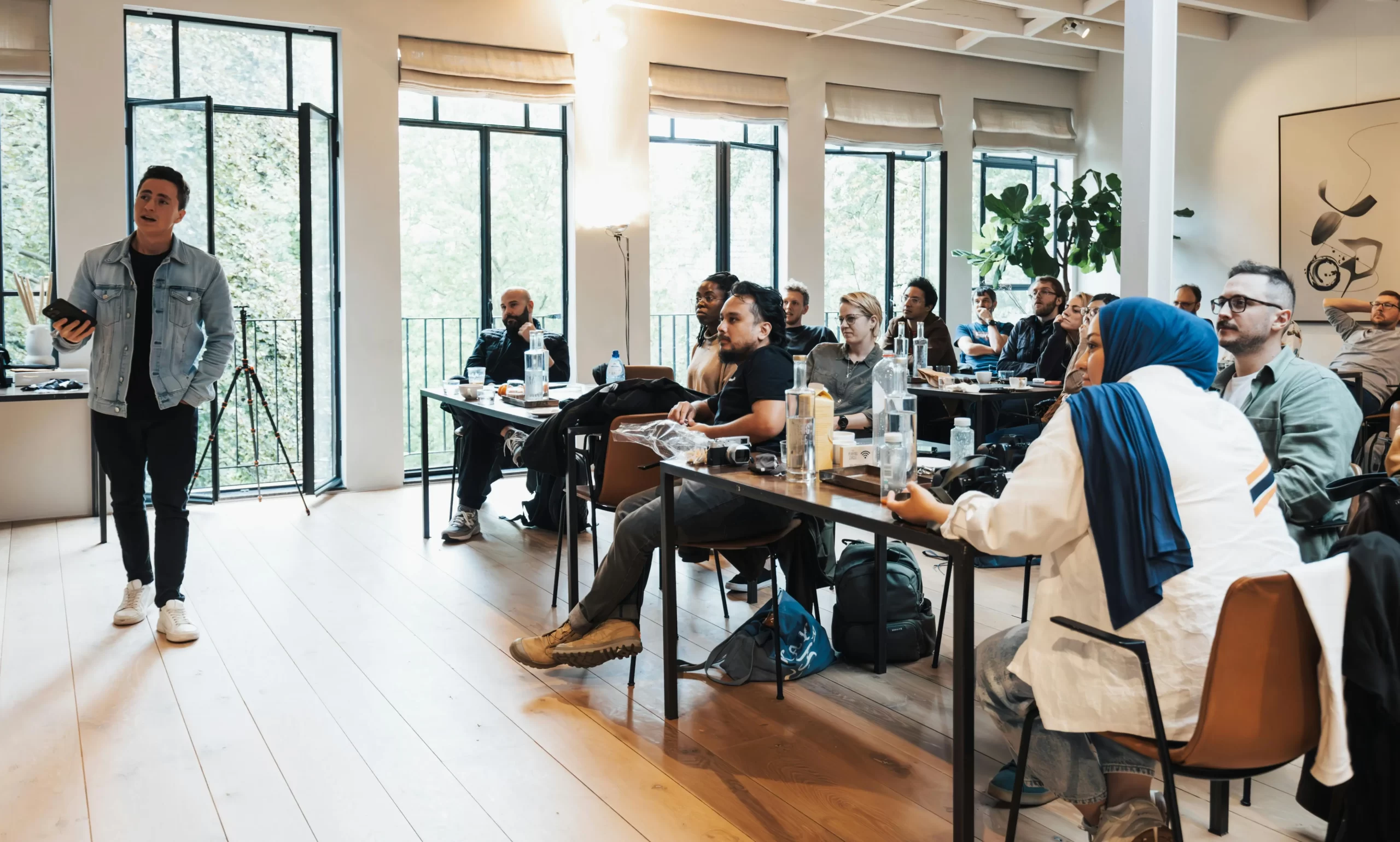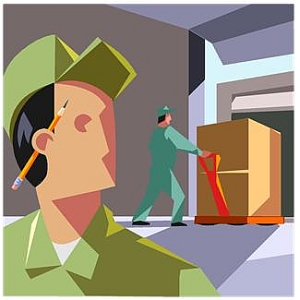The Soft Skills that Drive Hard Results: How Gratitude Impacts Client Retention

Business leaders often focus their attention on performance metrics, client acquisition strategies, and efficiency targets. But when it comes to keeping clients long-term, the most decisive factor isn’t always on a spreadsheet. It’s emotional.
Gratitude is simple, human, and often overlooked, but it can be a powerful driver of loyalty. In a competitive market, where clients have endless alternatives, what makes them stay often has less to do with pricing and more to do with how a business makes them feel.
Appreciation may seem like a soft, secondary gesture, but it plays a tangible role in retention. It builds a sense of trust that strengthens over time. And the best part? It doesn’t require a big budget. Just intention.
2. The Business Case for Gratitude
Client retention isn’t usually tied to a single turning point. It’s shaped by dozens of subtle signals that show someone they’re remembered, respected, and genuinely valued. Gratitude is one of those signals, and it carries lasting weight.
Research published in SAGE Open shows that gratitude plays a key role in driving customer engagement and long-term loyalty, especially when supported by relationship-focused gestures. Clients who feel appreciated are more likely to stay loyal, remain emotionally invested, and become repeat customers—not because they have to, but because they want to.
There’s also a financial argument. It costs far less to retain a client than to replace one. And gestures that build emotional equity (like expressing thanks in a thoughtful, relevant way) can outperform more expensive marketing efforts. When appreciation feels sincere, it becomes harder for clients to walk away, even when competitors offer tempting alternatives.
Gratitude, in that sense, isn’t a soft skill on the sidelines. It’s an operating principle that effective managers treat as essential.
3. Tangible Ways to Show Appreciation in Business
Gratitude doesn’t need to be elaborate to be effective. The key is to make it timely, personal, and relevant to the relationship. When appreciation feels earned rather than automated, it leaves a lasting impression.
Here are a few ways managers and client-facing teams can express thanks in meaningful, scalable ways:
- Personalized check-ins – A brief email or handwritten note that references a recent milestone or project can reinforce rapport without taking much time.
- Exclusive offers or early access – Letting long-term clients preview a service or feature before it’s public can make them feel seen and prioritized.
- Thoughtful gifting – Not necessarily expensive, but chosen with care. Think quality over flash.
And during the holiday season, few gestures are more effective, or easier to implement, than sending holiday cards for businesses. A well-designed card, subtly branded and signed with intention, can humanize your business in a way digital messages rarely do. It’s a reminder that behind the emails and invoices, there’s a real relationship worth maintaining.
The form doesn’t need to be complex. What matters is that the sentiment is genuine.
4. Timing and Sincerity: Two Keys to Meaningful Gestures
The impact of a thank-you depends as much on when it’s delivered as how it’s expressed. A well-timed gesture—whether after a major project wraps, at the close of a fiscal year, or during the holidays—shows attentiveness. It signals that the relationship is being acknowledged in real time, not just checked off a list.
Sincerity carries just as much weight. Clients can sense when appreciation is generic. A blanket message won’t leave much of a mark, but a note that reflects shared effort or a specific success creates a stronger connection. Even something as small as referencing a challenge can shift the tone from transactional to personal.
These kinds of touches don’t require formality. They require awareness. The most appreciated gestures often feel like quiet nods—moments when your client sees that you’re paying attention.
5. The Role of Leadership in Modeling Appreciation
When gratitude is part of a company’s culture, it usually starts at the top. Leaders who regularly show appreciation—to clients, teams, and partners—shape how relationships are managed across the organization.
It’s not about grand gestures. Quiet consistency is more powerful. A manager who takes the time to thank a long-term client personally, or who encourages team members to send handwritten notes after a successful project, is reinforcing values that extend beyond deliverables.
Appreciation also has a ripple effect. When teams see their leaders prioritize relationship-building, they’re more likely to adopt the same mindset. Gratitude becomes embedded in how business is done—measured not just in outcomes, but in how people are treated along the way.
At its best, this kind of leadership doesn’t feel performative. It feels like working with care and intention.
6. Final Thoughts: Small Gestures, Long-Term Impact
It’s easy to overlook the impact of small gestures in a business setting. But for clients, those moments often mean more than a pitch deck or performance summary. A sincere thank-you, delivered with care and timing, can reinforce trust in a way that lasts well beyond a single transaction.
When appreciation is expressed consistently and thoughtfully, it becomes part of how a relationship functions. Clients begin to associate your leadership with reliability and respect. And that kind of rapport often determines whether they stay, refer others, or quietly move on.The good news is that this approach isn’t complicated. Building loyalty doesn’t require sweeping initiatives; just steady, meaningful communication. For those leading client relationships, strong communication habits offer a practical foundation.











